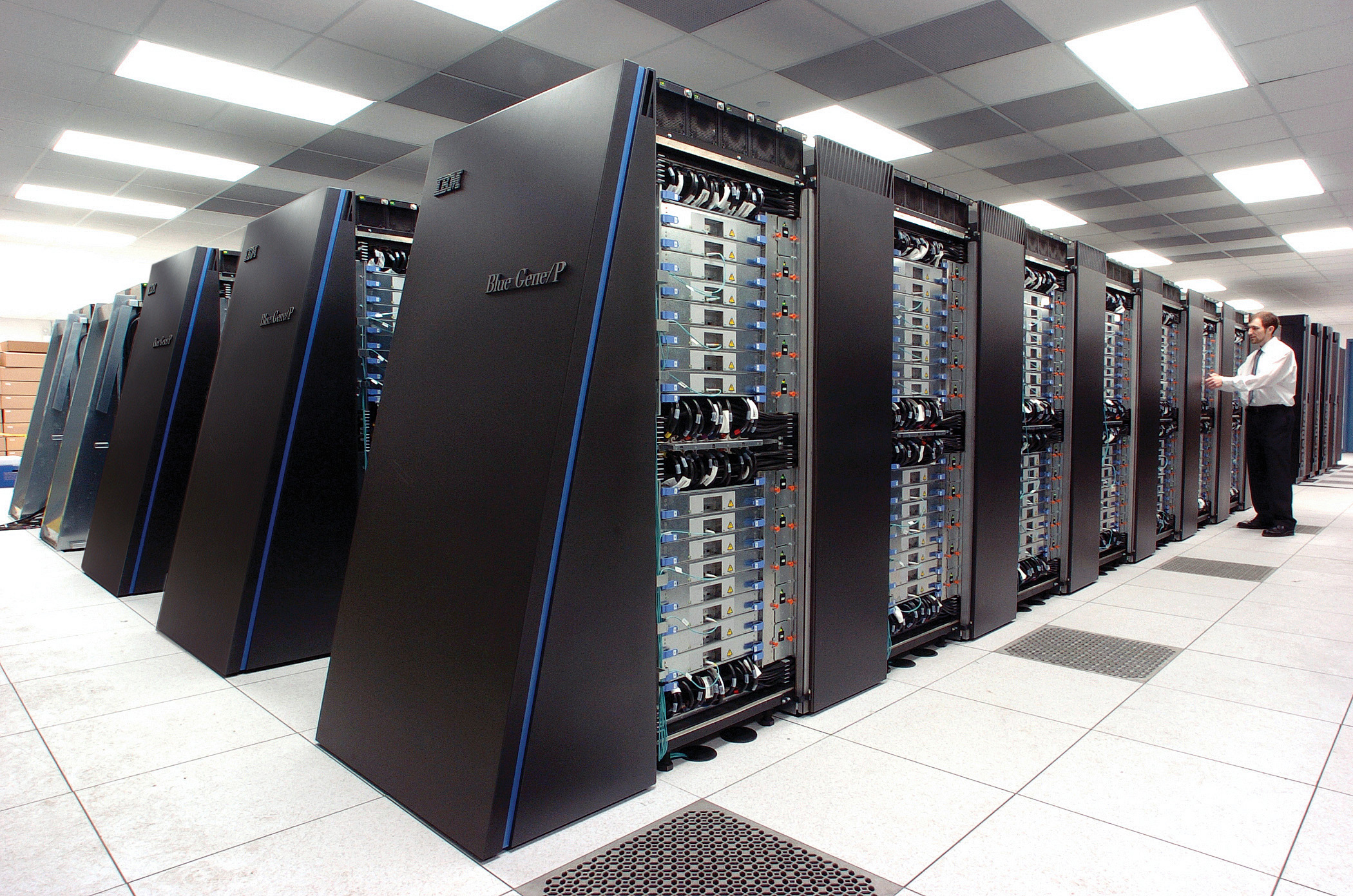Supercomputers are highly advanced computers that are designed to solve complex scientific and industrial challenges. Aggressive evolvement of new supercomputers is making new boundaries in science, that humans are incapable of reaching its own. Japan’s Fugaku supercomputer has been successful in retaining its position as number one computer system, followed by IBM’s Summit and then Sierra in the U.S.
You can also read: Best Data Science Course in Pune
Top 10 supercomputers
There are some notable developments in the top supercomputers with addition of two new systems and also a new benchmark which is set by Fugaku supercomputers.
Fugaku which grew to a high-performance benchmark which leads to 442 petaflops which is compared to 416 petaflops. The HPL benchmark which is indicating performance to the dedicated system and also solving dense equations of the equations which is used to determine Top500.
Fugaku, Japan
The Japanese system is one of the fastest performing computers in the world. Fugaku grew HPL performance to 442 petaflops since its debut in june 2020. It was constructed by Fujitsu and also it is installed at the RIKEN center for computational science in Japan. It was constructed by Fujitsu and also installed at the RIKEN center for computational science in Japan.
Summit
The IBM built system which is situated in Tennesse which remains the fastest system in the US and also has performance of 148.8 petaflops. Summit has 4,365 nodes and six NVIDIA Tesla GPUs.
Sierra
This system was at Lawrence Livemore National Laboratory in california and also HPL mark of 94.6 petaflops and the architecture will be very much similar to that of summit and having 4,320 nodes which is equipped and two Power9 and also four NVIDIA Tesla VI00 GPUs.
Sunway Taihulight
This system is fully developed by china’s national Research center of the parallel computer engineering and technology (NRCPC) and also is installing the national supercomputing center in the wuxi. And also, it is powered exclusively by sunway SW26010 processors and can also achieve 93 petaflops on HPL.
Selene:
This NVIDIA superPOD is installed in house at NVIDIA corporation. And this supercomputer was also listed in number seven and then this supercomputer moved to fifth position. Then the system which is based on AMD EPYC processors. This supercomputer is also going to achieve 63.4 petaflops on HPL and that is resulting in a need for upgradation.
Tianhe-2A
This is known as the Milky way- 2A the system wanted to develop China's national university for defense technology (NUDT) and also deploy it at the national supercomputer center which is situated in Guangzho. Then this supercomputer was powered by Intel Xeon CPUs and NUDT’s matrix 2000 and achieved 61.4 petaflops on the HPL.
JUWELS Booster Module:
It has debuted the Atos- built Bullsequana machine which was recently installed in germany. The most modular system architecture is a part ofd the system.Then these modules are integrated by using ParTec Modulo Cluster software suite.
HPC5:
It is installed by the Italian company and also achieves a performance of 35.5 petaflops using Intel Xeon Gold CUPs. and has the most powerful system which is listed and used for commercial purposes at customer site.
Frontera:
A dell system which is installed at the texas advanced computing center of the university of texas in 2019. And then it achieves 23.5 petaflops using 448, 448 of intel platinum Xeon cores.
Also read: Best data science course india
Dammam-7:
A new supercomputer system which is installed at Saudi Arabia and it is regarded as second largest commercial supercomputer which is currently in the top 10. Then the HPE cray CS- storm system which uses intel Gold Xeon CPUs and also NVIDIA tesla and reached 22.4 Petaflops on the HPL benchmark.


Comments
Post a Comment